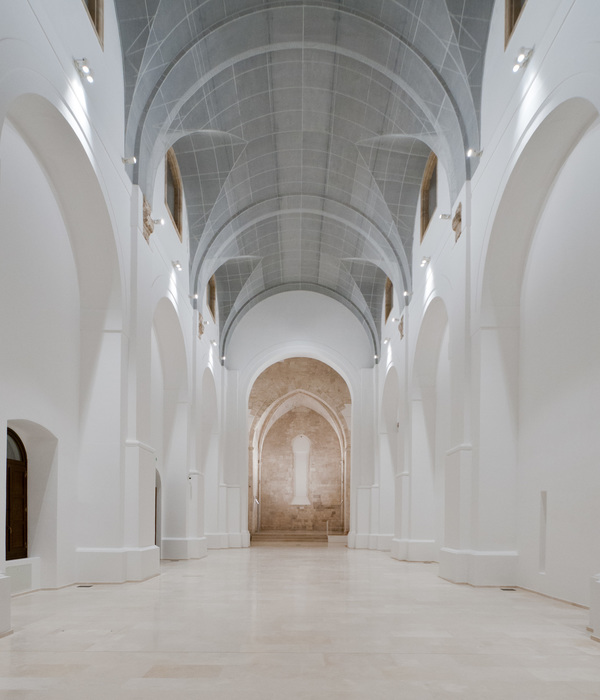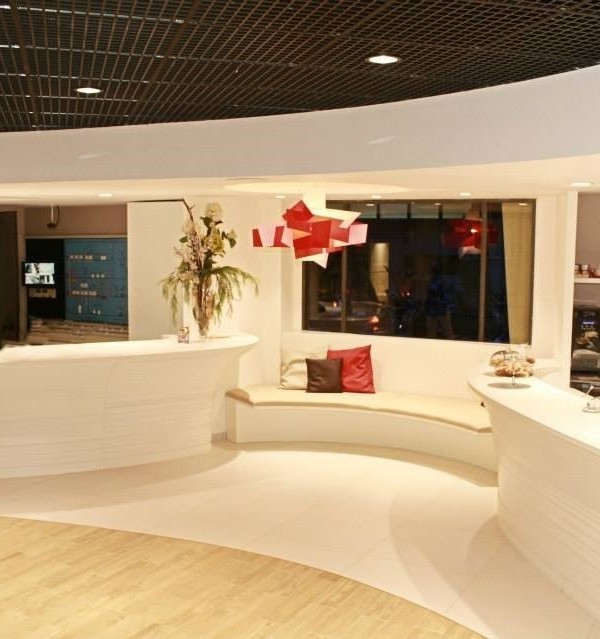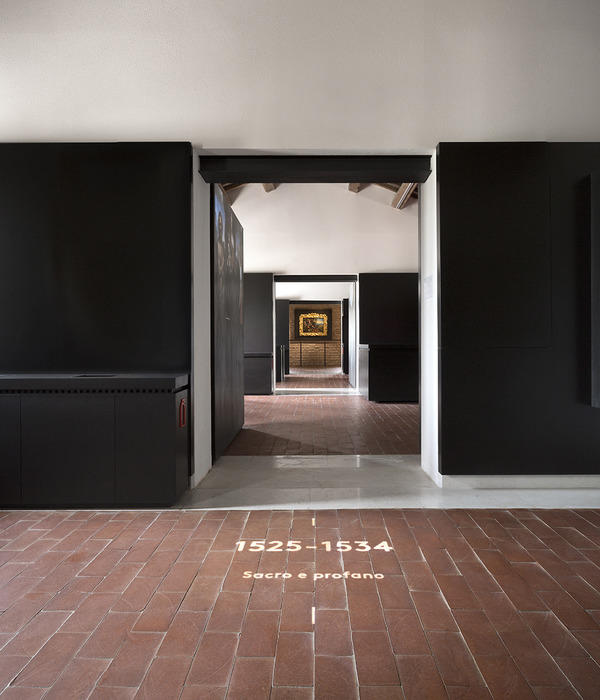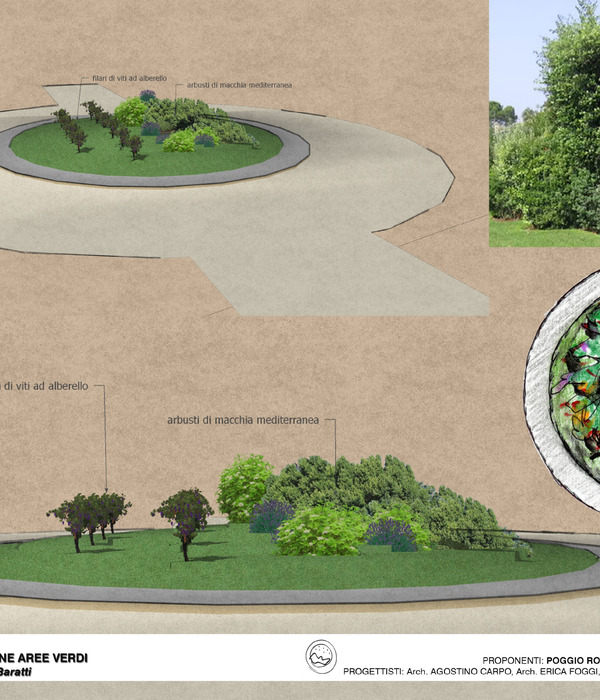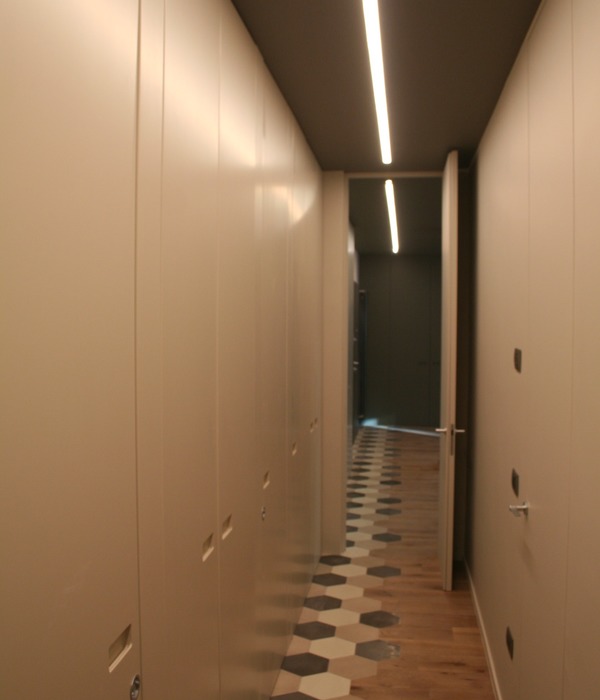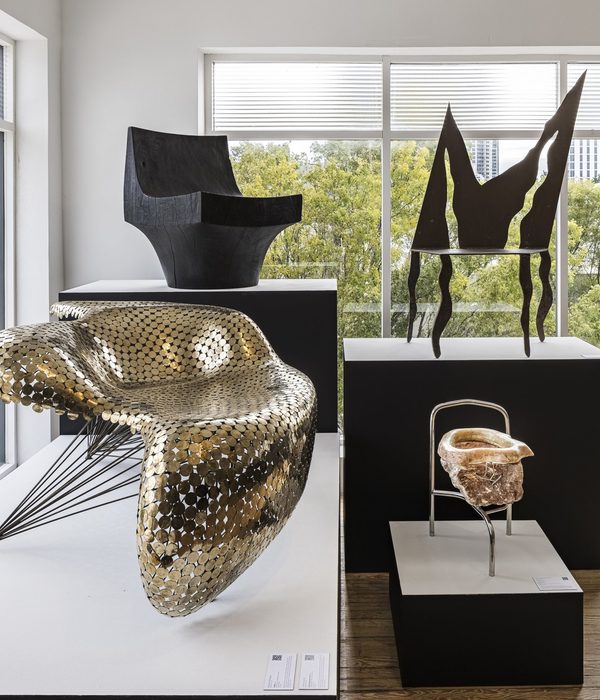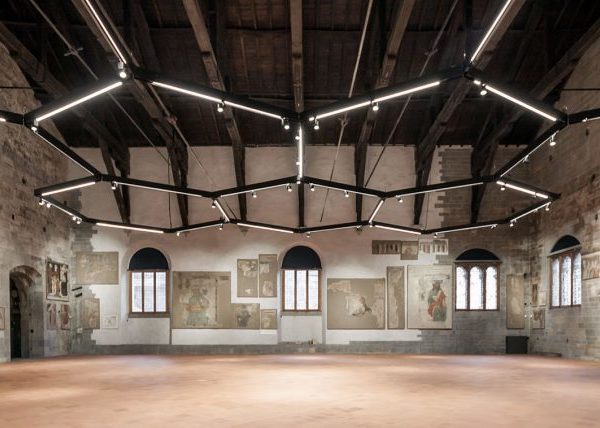Architects:leonmarcial arquitectos
Area :810609 ft²
Year :2021
Photographs :Lucho Marcial, Evelyn Merino Reyna
Principal Architects Project : Alexia León y Lucho Marcial
Principal Architects Contest : Alexia León, Lucho Marcial, Paulo Dam, Jose Canziani.
Project Coordinators : Mareika Kardum, Francisco Rodriguez, Alejandra Carreras, María Huamán
Collaborators : Alex Cuadra, Henry Villalta, Luis Falen, Sandro Casanova, Gustavo Reyna, Arturo Ghezzi, Alberto Bautista, Percy Iparraguirre, Jorge Cabrera, Daniella Dibos, Vanessa Laos, Virginia Angell
Support Collaborators : Alonso Chávez, Sally Guzmán, Andrea Tapia
Structural Engineering : GCAQ Ingenieros, Carlos Casabonne
Acoustic Engineering : Arq. Carlos Jiménez.
Electrical Sanitary And Mechanical Engineering : JG Ingenieros, Julio Mora
Acoustic Consulting : Arq. Carlos Jiménez.
Landscaping : Claudia Melgarejo/ P.Arq con leonmarcial arquitectos.
Security : Eddy Tafur.
Program : Centro de investigación y conservación, Areás de depósito para colecciones, Salas de exhibición temporal y permanente, Auditorio y servicios públicos, Areás técnicas.
City : Lurín
Country : Peru
@media (max-width: 767px) { :root { --mobile-product-width: calc((100vw - 92px) / 2); } .loading-products-container { grid-template-columns: repeat(auto-fill, var(--mobile-product-width)) !important; } .product-placeholder__image { height: var(--mobile-product-width) !important; width: var(--mobile-product-width) !important; } }
Context. Muna is located to the west of the intangible area of the Archaeological Sanctuary of Pachacamac situated in the Lurin Valley, a territory that registers 3000 years of occupation that shows through its architecture a lengthy historical process of transformation becoming, a thousand years ago, the primarily pilgrimage center connected to the Andes by the Inca road system.
Today the archaeological pre-existences of this oracle coexist with the social fabric of the urbanizations of Lima South creating a new contemporary landscape. The Ministry of Culture promoted -as public policy-a national architectural competition to develop major new spaces for conservation, restoration, research, and exposure of our archaeological patrimony in coordination with cultural regional institutions.
Muna is conceived as a new Andean “kancha”, an infrastructure that integrates both ancient and contemporary landscapes; the Museum inscribes a flexible 126m by 126m quadrangular with a large interior void- a clear and compact volume in the existing arid hollow of this specific desert landscape.
The intervention stabilizes and restores a degraded and vulnerable site by occupying a previously excavated area. This creates a public space between the Museum and the surrounding dunes without touching them or surpassing them in height.
The general seating is non-hierarchical and treats all the orientations of the infrastructure equally: the four elevated outdoor platforms relate to the Archaeological Sanctuary of Pachacamac, the Site Museum, the Pacific, the Urpiwachak lagoon, the agricultural landscape, the desert tablazo, as well as the developing urbanizations of Julio C. Tello and Villa El Salvador
Objectives. Muna is at the center of the National Museum System designed to preserve, conserve, restore and connect the national archaeological heritage with our present living culture. This new infrastructure organizes three main programs: a Research and Conservation center with educational programs, Storage and technical areas, and public Museum areas with collections connected to social spaces: an auditorium, restaurant, library, and large flexible non-programmed rooms.
The infrastructure builds physical conditions without barriers for seamless encounters between researchers, workers, and visitors- creating a platform for the exchange of knowledge intended for a larger Regional context. The architecture of the Museum proposes a system of spatially open and horizontal platforms vertically interconnected by a large 25m x 25m x 25m skylit void. A wide ramp at the perimeter of this flexible non-programmatic space connects the temporary exhibition spaces at the entrance level to the main museum exhibition area underground.
Visually this space connects all the exhibition spaces with the social activities above--a place for installations and temporary interventions. Likewise, the landscape project for the building’s second level and surroundings of native and local vegetation offers an ecosystem for improvised activities. The generous and open structure of the MUNA is essential if it is to offer the possibility of developing multiple museologies and museographies over time. In this way, the museum plays a fundamental cultural role in the development of our contemporary national identity as connected to Peru´s historically varied landscapes- a project which includes our diverse identities for a collective sustainable future.
Performance. The new infrastructure limits the visual presence by building 70% of its program below ground: a decision that benefits the infrastructure with both seismic resistance (8 structural plates connected to a subterranean technical area) and thermodynamic stability. The overall thermodynamic proposal of the MUNA infrastructure is passive by implementing thick naturally insulated floor slabs (of earth and plants) on all exterior horizontal surfaces, and the placement of mobile concrete “adobes” for the wind and sun textile screen separated 4.5m from the insulated glass- areas for chance encounters that protect the public spaces on the second level and give access to the patios which simultaneously bring light underground and provide accessibility to the rooftop observatory.
The vertical void is illuminated with zenithal light whose intensity is controlled by mechanical louvers allowing for different lighting conditions for the temporal exhibitions. The building´s structural flexibility is not only a characteristic of the exhibition spaces but of the laboratories and storage space as well; these spaces on the four sides of the building can be used as large spaces or divided into smaller rooms as the program of these activities is defined.
Removing spatial and structural restrictions from these areas is a critical strategy that gives freedom to the future Museology and Museography of the institution- the structure and all installations are independent of each other. A primary technical installation perimeter ring on all levels of the building coincides with wide circulation corridors allowing for general maintenance without disturbing the adjacent program functions.
▼项目更多图片
{{item.text_origin}}


